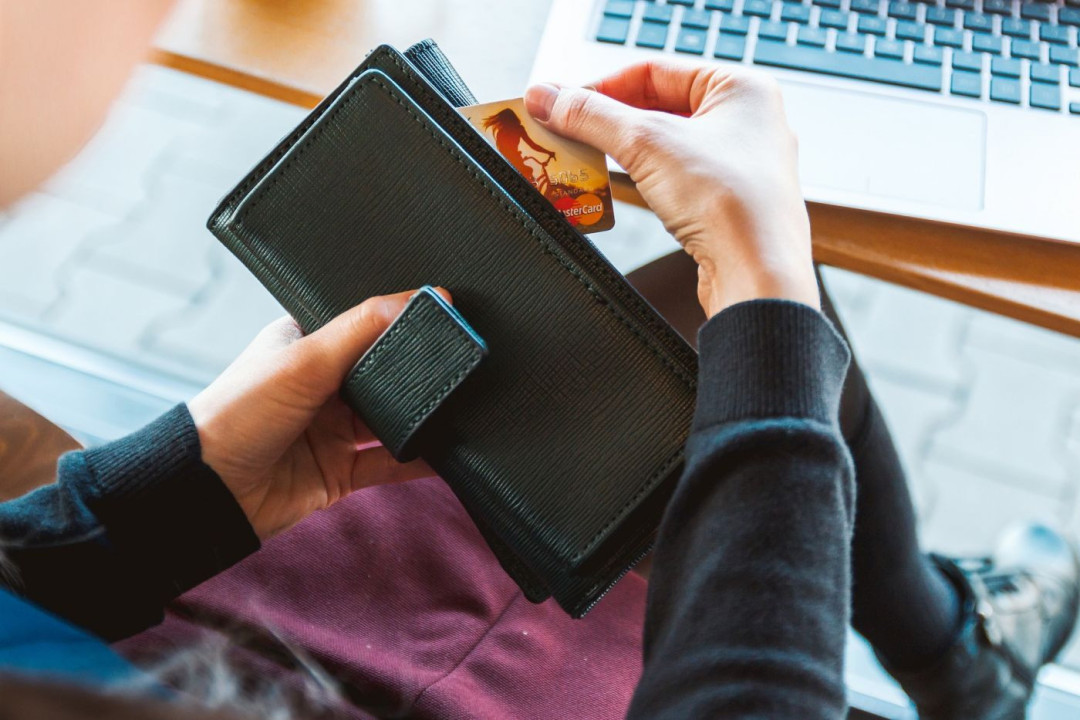We talk a lot here about all kinds of scams and how to avoid them. There are plenty of folks out there just waiting to separate you from your money. But when it comes to taking your money, there are lots of ways that money can travel, and some are safer than others.
Types of Payments
There are plenty of ways to transfer funds in today’s financial world. Some common ways to transfer money include:
- Cash, i.e., physical currency
- Paper and electronic checks
- Debit cards
- Credit cards
- Electronic transfers
- Money Orders
In the case of a dispute with a vendor, such as a business that fails to provide the goods or services you paid for, how you paid makes a big difference in how easy it is to get your money back.
Cash
Real money—paper dollars and metal coins—are widely used for smaller transactions. Cash payments typically can’t be tracked, and once you have given someone cash, it is almost impossible to get it back without suing the party you paid. For that reason, TrustDALE recommends against using cash to make any large payments.
Checks
Checks were developed as a way to transfer money without having to carry around a large amount of real currency. A check is nothing more than a signed piece of paper authorizing your bank to transfer funds from your account to the account of the party named on the check. Personal checks withdraw funds from a personal account, while business checks withdraw funds from an account owned by a business or corporation.
Because a check is just an authorization to remove funds from your account, checks can be reversed. If you have been defrauded and the scammer took money in the form of a check, you can place a hold on the check with your bank or even initiate a chargeback, in which the bank debits the recipient’s account for the amount initially transferred, and puts the money back into your account.
Debit Cards
When you use a debit card, money is instantly transferred from your account to the account of the party you are paying. That means they can spend it or move it to another account as soon as you’ve paid. And just like that, the money is gone. Unlike credit cards (which are basically an IOU), debit cards move real money instantly, and that can be hard to get back. Stay away from your debit card for large purchases or anything that you are suspicious of.
Credit Cards
Credit cards have some of the most robust fraud protections of any financial instrument. When credit cards first came on the scene, there was some concern that they could be misused, so they became heavily regulated. That regulation, along with the very nature of credit, helps keep them safe.
A payment made with a credit card is basically a very reliable IOU from the credit card company. They promise to pay the merchant, and then they bill you for laying out the cash, along with interest for the time it takes you to pay back the credit card company.
Because credit is just a promise, it’s easy to cancel the promise and get the money back if a merchant fails to deliver the goods or services they agreed to. It’s called a chargeback. You notify your credit card company that a charge was made without your consent (a fraudulent charge) or that the merchant failed to deliver. Then the credit card company cancels their payment to the merchant, or even debits the money back from the merchant’s account.
Credit cards are a great tool to use for large payments, or any time you are unsure of the merchant’s reliability.
Electronic Transfers
There is a wide variety of electronic transfer types. Some are instant, and some take a few days to process. If the payment goes through immediately, your protection is similar to a debit card. If the transaction is delayed by a few days, you may be able to cancel before the transaction goes through. Check the details of your chosen electronic transfer’s user terms. The details matter and will affect your level of protection.
Money Orders
Money orders developed as an alternative to sending currency through the mail. It was a way for the postal service to fend off highway bandits who would hold up postal carriages for any valuables they were carrying, including money. Today, money orders are available at post offices and through other companies. Some of the most well-known or MoneyGram and Western Union.
When you purchase a money order, you transfer money to the company (or post office) that sells it. In return, you get a slip that entitles the holder to receive the money you paid the seller (minus fees). It’s a very reliable way of sending cash since a money order represents actual money that is already in the possession of the money order company.
You can usually purchase a money order with cash or a debit card. Paying with a credit card, gift card, or personal checks can be suspect, and only some sellers allow it. That’s because a money order entitles the holder to receive cash from the money order company. Buying a money order with anything other than cash or a debit card can be a way to convert credit, gift cards, or other IOUs into real money. It can also be a tool for money laundering.
Once you’ve purchased a money order, the money is gone. There is almost no chance to retrieve it. It is also hard to trace. That makes it a favorite of all types of scammers. If you are asked to pay for goods or services with a money order, be very, very suspicious. This is not a normal way to pay for most things, and it’s often a telltale sign of fraud or a scam.


